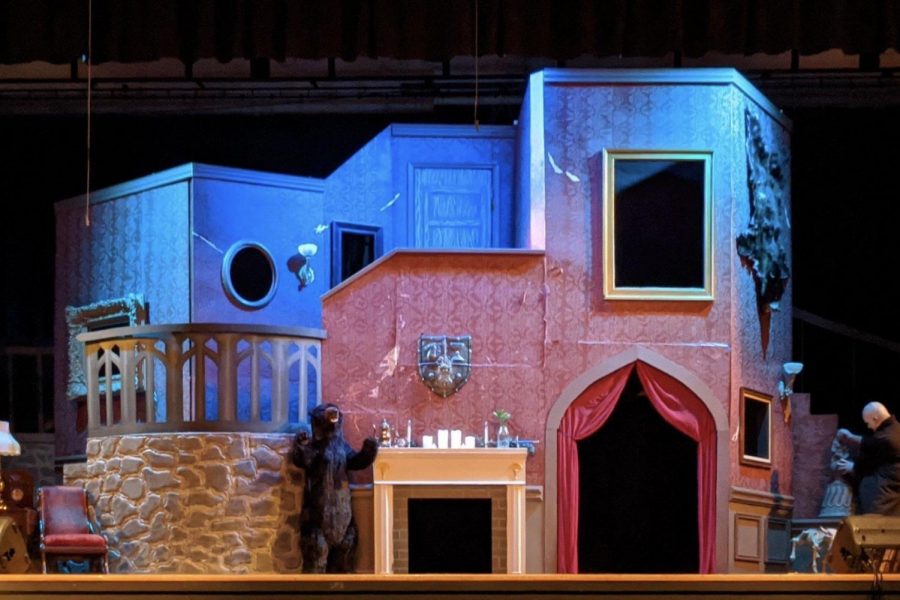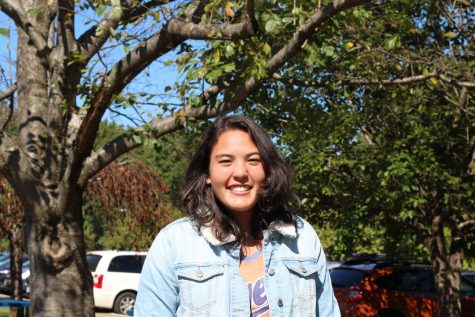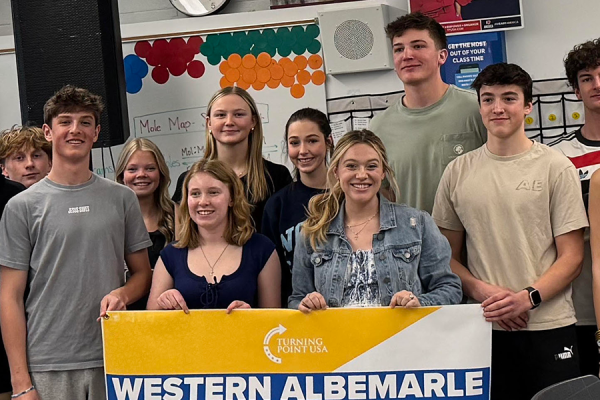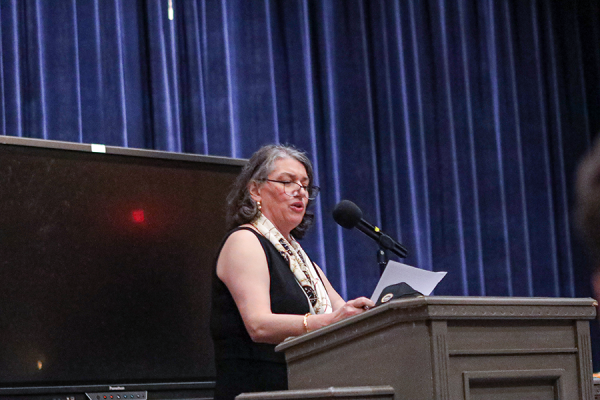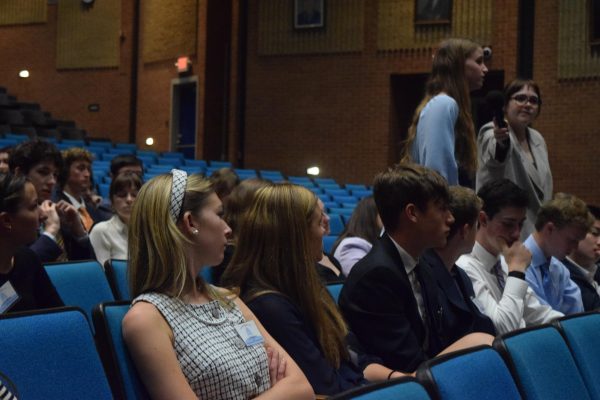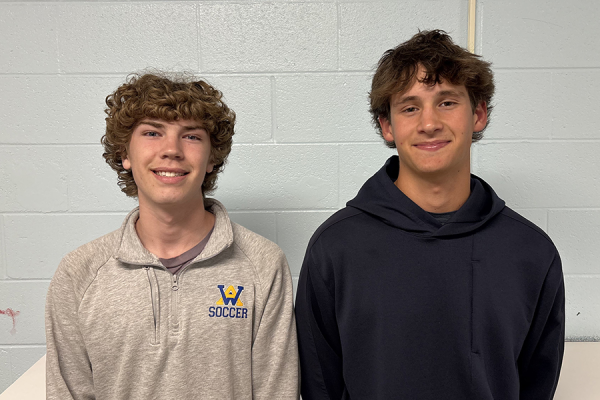Performing Arts Students Adapt to COVID-19 Precautions and Hybrid Learning
April 1, 2021
It’s no secret that COVID-19 has greatly afflicted all aspects of student life and extracurriculars. One facet that has been drastically altered is the performing arts. Students participating in performing arts such as choir, drama, and band have had to think of creative ways to adapt and persevere through various precautions and safety measures.
The entirely virtual structure of school through March forced students and teachers in the performing arts far outside their comfort zones. Elizabeth Vaughn, Choir Director and Orchestra Conductor, emphasized the difficulty of audio-dependent classes over zoom: “As far as audio quality goes, everybody’s got what they have. We don’t have a bunch of fancy microphones we can delve out. So we had to embrace that some people are gonna have a lot of background noise, and some people are gonna have buzzing noises going on.”
Vaughn’s sentiment is one that will resonate with all people who have depended on zoom for the last year. Vaughn also stated that she has made massive alterations to her lessons saying, “it’s completely flipped the way I teach, we got to delve more into theory. And we even got into a little bit of music history, and lots of listening.”
This class structure is in stark contrast to how music at WAHS is normally taught, with a strong focus on an individual’s growth as a musician. Vaughn elaborated, saying, “each student got their own sight-reading factory account [a website used to learn sight-reading], and they get to practice their music literacy skills on the program, and then record themselves and I can go through and grade and listen to everyone individually singing, and I think that’s something that I will continue to do.”
Unfortunately, the challenges for performing arts extended past everyday classes to live performances. Casey Lockledge, a junior participating in both choir and drama, spoke on how the fall play was able to take place virtually: “There were definitely some issues with wifi and other technology mishaps, but we honestly got used to rehearsing, communicating, and performing on zoom every day.”
To make the scenes more immersive, students were asked to pick up bags from school containing different backdrops and to keep scenes accurately lit, performers were given these colored gels that were put over their individual cameras to give scene-specific lighting.
Choir and orchestra took a different approach regarding COVID-19 precautions, and Vaughn stitched together audio that students had recorded of themselves. For orchestra, she allowed students’ individual performances to be played one after the other without overlap from their classmates.
However, for choir, Vaughn felt it was important for the voices of students to be blended together as they would be normally. Vaughn said, “I wanted them all to be singing at once, like a full choir, and I wanted them all to be shown at once, which made editing it really hard.”
As Western continues to transition to hybrid learning, the performing arts will gradually get closer to normalcy, and while lessons can be taken from this past year, both Lockledge and Vaughn are welcoming a safe transition to in-person classes with open arms.
“Over Zoom it’s just so hard to communicate and socialize with people,” Lockledge said.
Vaughn said, “It’s been so nice to finally see my students again, and to hear them sing is just awesome.”
Students and teachers have been very creative in their ability to combat the challenges they faced last semester. Their mental fortitude and creativity truly know no bounds. With the start of stage 4 hybrid learning and the increasing accessibility of coronavirus vaccines, perhaps the wonderful performers of Western will be able to perform live and in-person soon.



